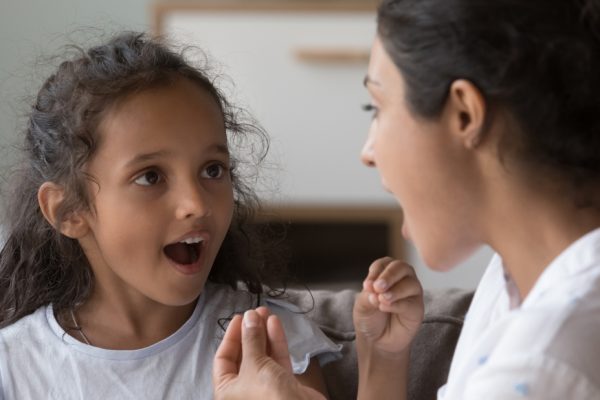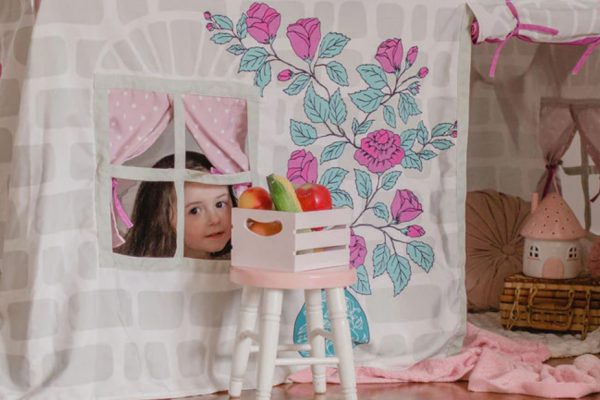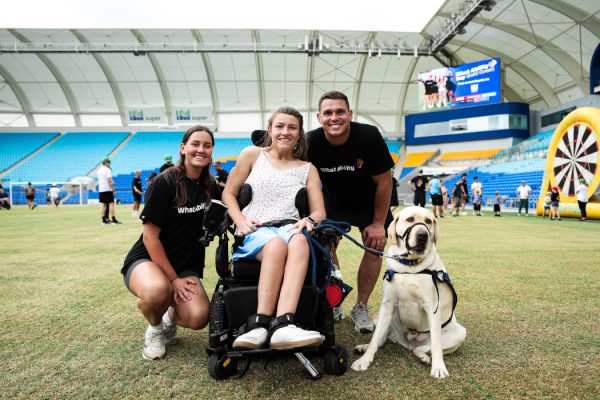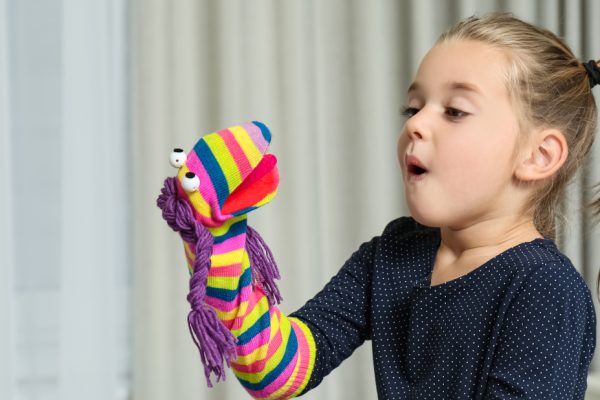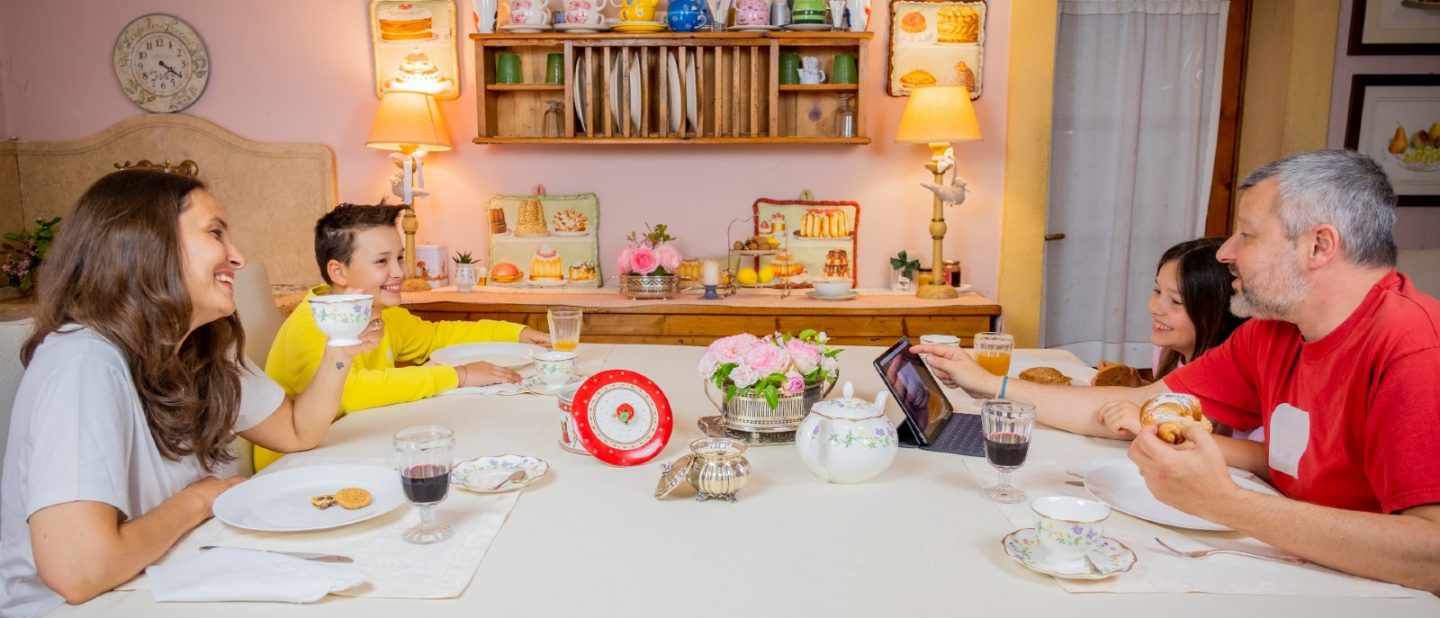
AAC – Getting it happening: the importance of modelling
By Tracey Bode, Zyteq
When looking at how to assist a child’s communication it is important to acknowledge the value of all types of communication.
Generally we all use multiple modes of communicating, which we call multimodal communication, so for an AAC user we usually want to include a number of modes of communication to suit different locations and positions; for example in the classroom or in the car, in bed or in a wheelchair or when playing in the sandpit or in the pool, or for different communication purposes; for example talking to grandma who is in another town, or to get urgent attention, and for varying times of day or health, for example whenfeeling tired or unwell or when very active.
Our first thought may be to use a well-known tablet device as the AAC solution for a child. But is a tablet device on its own an AAC solution? As a high-tech device it is certainly only one mode, and on its own it is only a tool. We would usually want to have a low-tech communication book in place as well as a high-tech device. This means the AAC user will have an option for in the sandpit or pool or in other activities where the device may be unsuitable.
So how do we get communication via AAC happening?
We know that the environment and supports are key factors in introducing a device and developing skills in using it. We wouldn’t start by expecting a child to communicate using an AAC device by presenting a symbol display to a child to select something meaningful. We might do this and think of it as exploration or playing with words and sounds as a baby may do in the babbling phase and this can be useful.
What we want to do is create the ideal environment which is a language-rich environment based on the child’s AAC system. The way we do this is by modelling, which is where you point to words on the AAC tool while you speak during conversation and other interactions with your child throughout the day. Modelling is a key element and provides the receptive input needed for your child to develop as an AAC user.
It is useful to think about a parallel scenario with a baby developing speech and language. Everyone around talks to them and they are exposed to language almost constantly. We respond to their vocalisations and gestures and help them to learn that these are meaningful.
Data from Jane Korsten (Speech Language Pathologist) often cited, tells us: the average 18-month-old has been exposed to 4,380 hours of oral language at a rate of 8 hours/day from birth. She goes on to compare this with an AAC user who is only exposed to their AAC system during therapy sessions and says: “a child who has a communication system (AAC) and receives speech/language therapy 2 times/week for 20-30 minutes will reach the same amount of language exposure (in their AAC language) in 84 years”.
The other consideration here is our expectations of neurotypical babies in a spoken language-rich environment. They may not say a recognisable word until aged
12 or 18 months. After 2 years they may have around 270 words and by 3 years, around 900 words. Throughout this time they are developing and learning and we are consistently encouraging and guiding. The point to note here is the months and years needed to provide the consistent input in the relevant mode as part of everyday interactions. The modeling can be carried out on the user’s system so they can see what the communication looks like.
The key to AAC success cannot be held to one tool or one device on its own. It needs to be embedded in the right environment with support. Creating the ideal environment, which is a language– rich and based on the child’s AAC system is the reason why the power of modelling cannot be underestimated.
Zyteq help people with disabilities to communicate, connect and learn by providing individualised technology solutions with their guidance from evaluation to successful implementation. W: zyteq.com.au E: [email protected] P: 03 9696 2944


